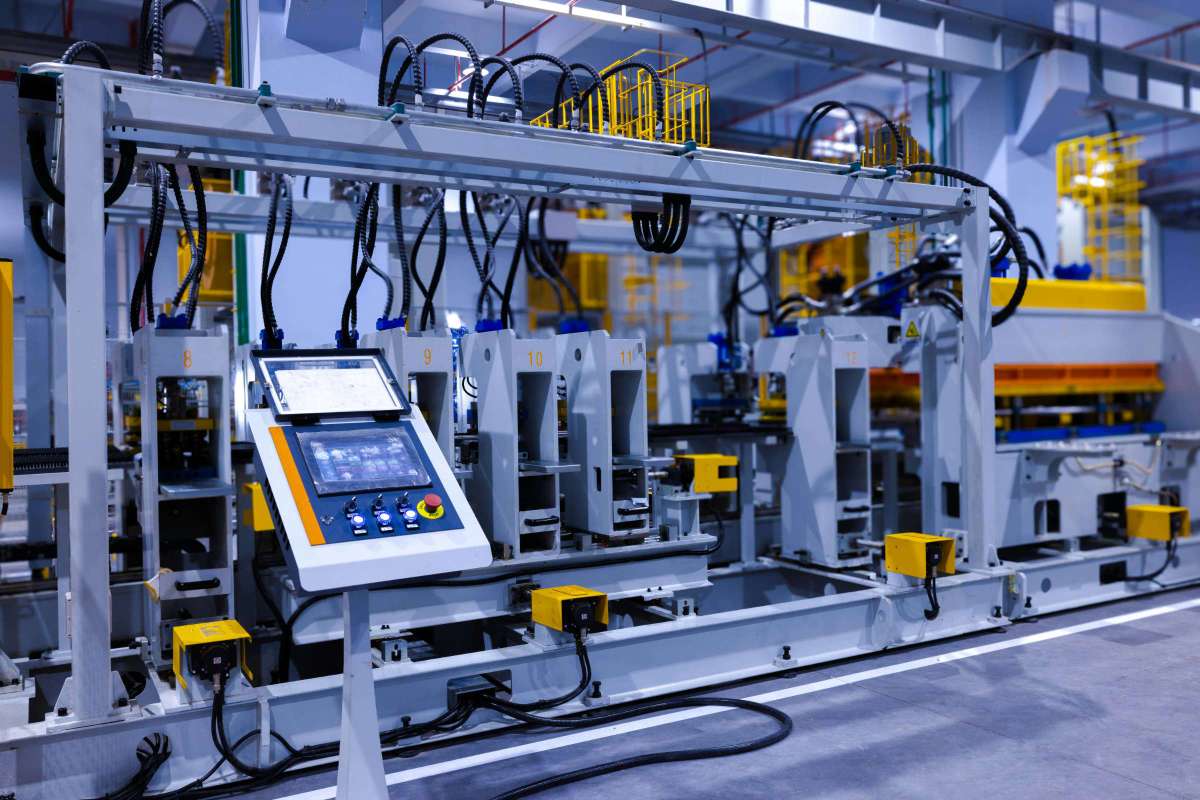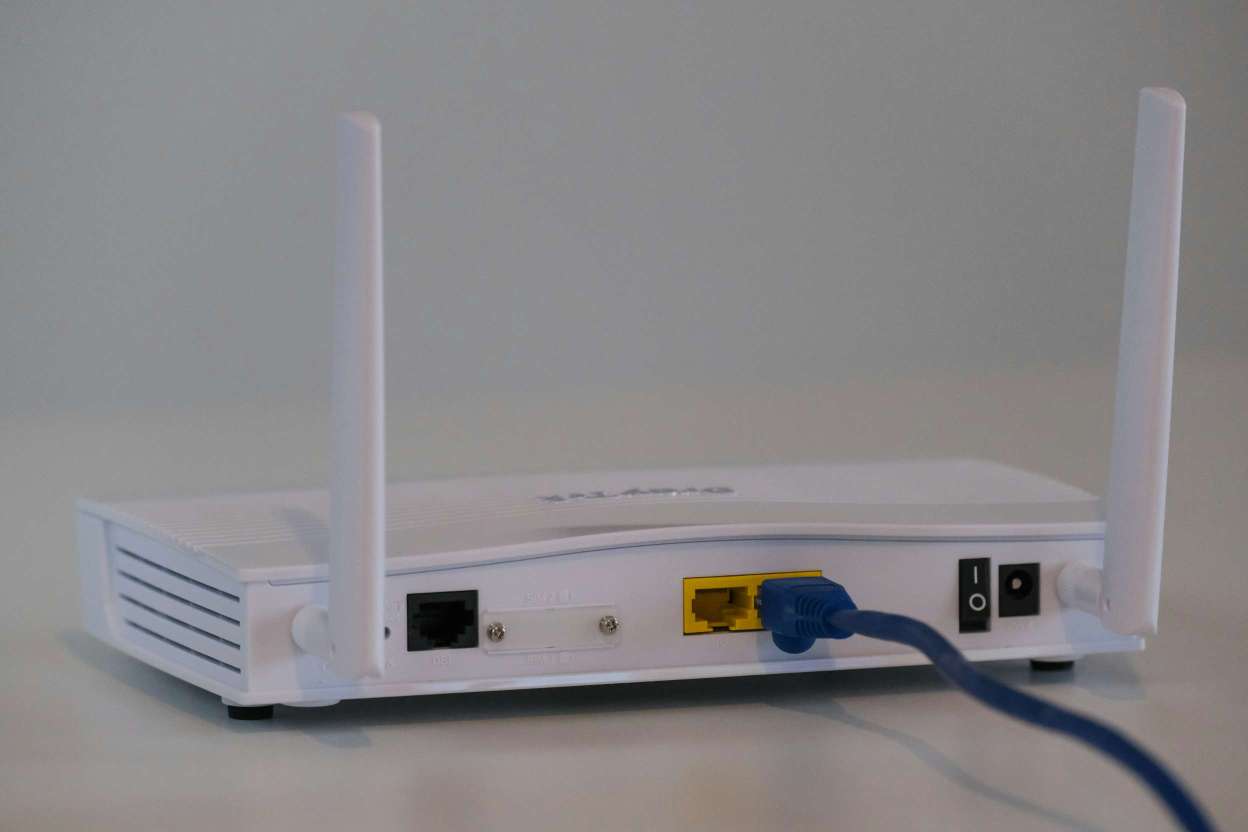
Industry 4.0: The Fourth Industrial Revolution Explained
5 min read
12 Aug 2025
Industry 4.0 marks the advent of the fourth industrial revolution, characterized by the convergence of digital technologies, automation, and data exchange in manufacturing and other industries. This article explores the core principles of Industry 4.0, its technological enablers, and the transformative impact on businesses and society.
Core Principles of Industry 4.0
Interconnectivity: Creating smart, interconnected systems where machines, devices, and processes communicate seamlessly.
Information Transparency: Providing real-time data access and transparency across the entire value chain for informed decision-making.
Technical Assistance: Empowering machines and systems with capabilities for self-optimization, autonomous operation, and decision support.
Decentralized Decision-making: Enabling autonomous systems to make decentralized decisions based on real-time data and analytics.
Technological Enablers
Internet of Things (IoT): Connecting devices, sensors, and equipment to collect and exchange data for monitoring and control purposes.
Big Data Analytics: Analyzing vast amounts of data to derive actionable insights, optimize processes, and predict outcomes.
Artificial Intelligence (AI): Leveraging machine learning algorithms for predictive analytics, autonomous decision-making, and cognitive capabilities.
Additive Manufacturing: Using 3D printing to enable rapid prototyping, customization, and on-demand production of complex designs.
Impact on Businesses and Society
Operational Efficiency: Streamlining manufacturing processes, reducing downtime, and optimizing resource utilization through automation and predictive maintenance.
Product Innovation: Accelerating innovation cycles, enabling mass customization, and fostering agile product development.
Supply Chain Transformation: Enhancing supply chain visibility, resilience, and responsiveness to meet dynamic market demands.
Workforce Transformation: Reskilling employees for roles that require digital literacy, data analytics, and collaborative robotics expertise.
Challenges and Considerations
Cybersecurity Risks: Mitigating cybersecurity threats to protect sensitive data, intellectual property, and operational continuity.
Data Privacy: Ensuring compliance with data protection regulations and safeguarding consumer privacy in an interconnected digital ecosystem.
Infrastructure Investment: Investing in robust digital infrastructure, IoT connectivity, and AI capabilities to support Industry 4.0 transformations.
Future Outlook
As Industry 4.0 continues to evolve with advancements in AI, robotics, and digital twins, it promises to drive unprecedented levels of automation, efficiency, and innovation across industries. Embracing the principles of Industry 4.0 will be crucial for businesses seeking to thrive in a digitally connected and data-driven global economy.

The AR Breakthrough That Will Make Blockchain Transactions Simpler Than Ever!
7 min read | 11 Oct 2025
How AI Is Making Blockchain Smarter and Safer – The Inside Scoop!
7 min read | 10 Oct 2025
The Big Tech Twist: How VR Is Set to Disrupt Blockchain Like Never Before!
6 min read | 09 Oct 2025
Unlocking the Power of AR: How Augmented Reality Is Set to Revolutionize Blockchain!
6 min read | 08 Oct 2025More Articles

Broadband: The Lifeline of the Digital World
5 min read | 23 Sep 2025

Network Slicing: The Secret to Efficient 5G Networks
6 min read | 22 Sep 2025

Software-Defined Networking (SDN): The Key to Agile Networks
6 min read | 21 Sep 2025

Network Function Virtualization (NFV): The Technology Behind 5G
4 min read | 20 Sep 2025
More Articles

From Paper Trails to Permanent Records: How Blockchain is Changing History
6 min read | 03 Sep 2025

Can Blockchain Power a More Democratic Future?
4 min read | 02 Sep 2025

Will Blockchain Make Banks Obsolete?
5 min read | 01 Sep 2025

Blockchain for Social Impact: Solving Global Challenges with Distributed Ledgers
5 min read | 31 Aug 2025
